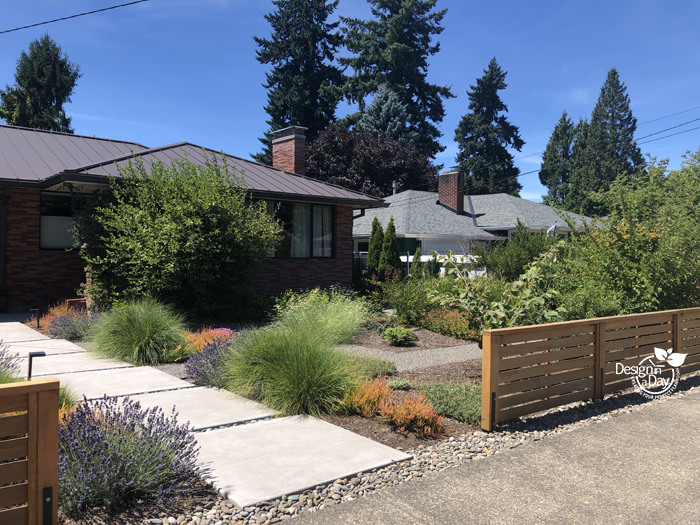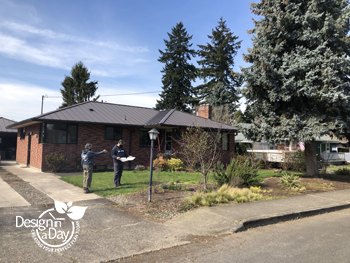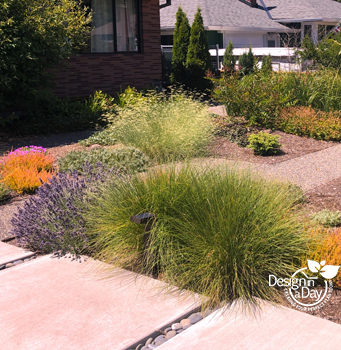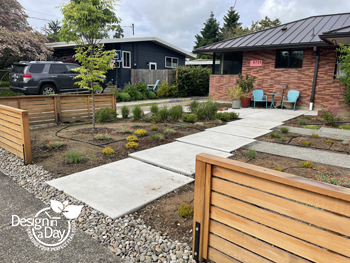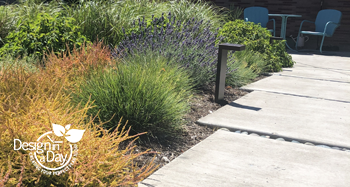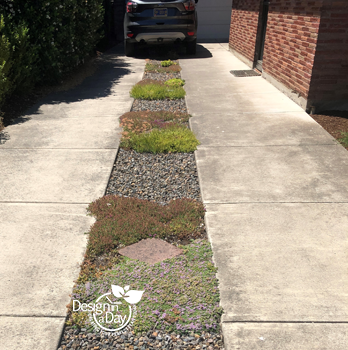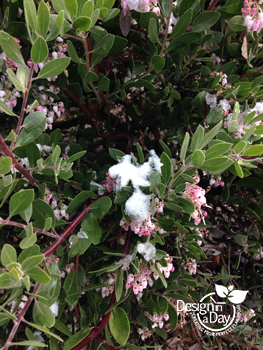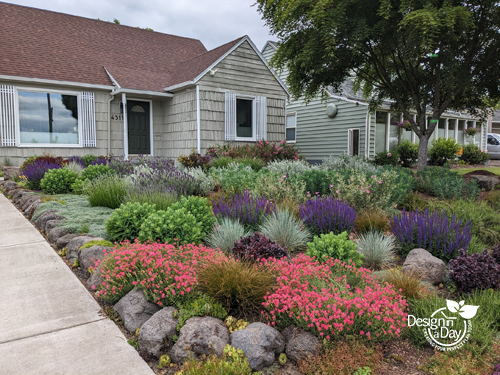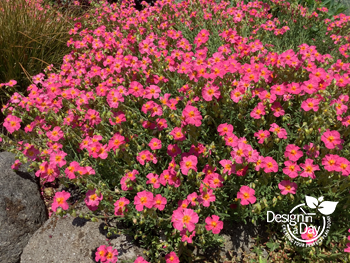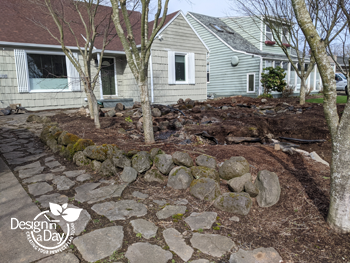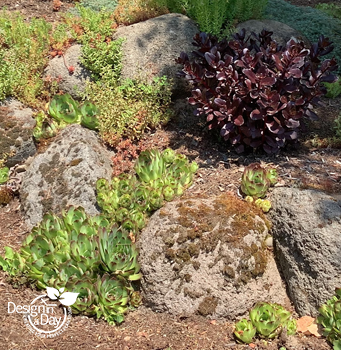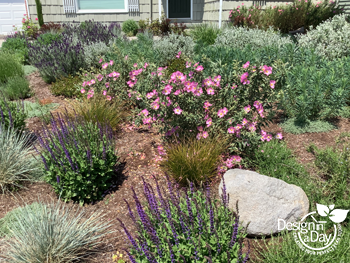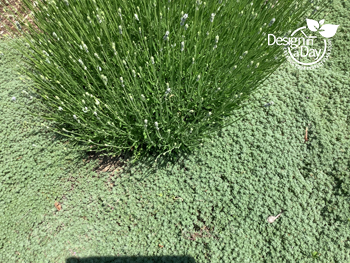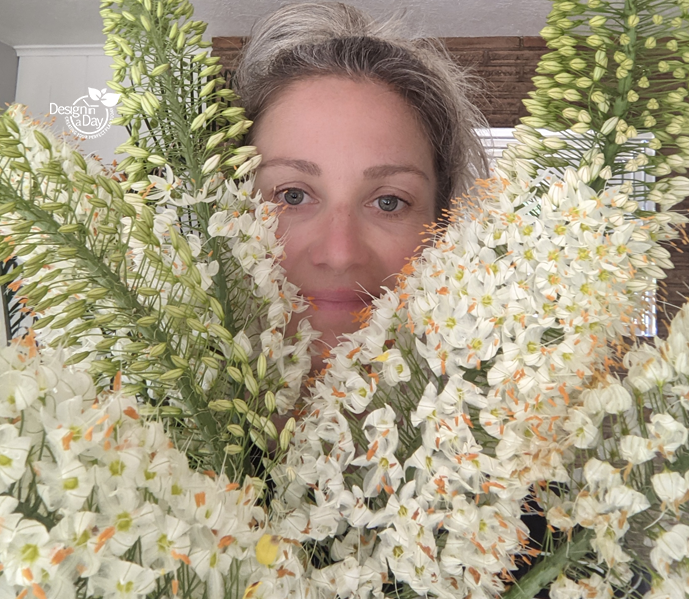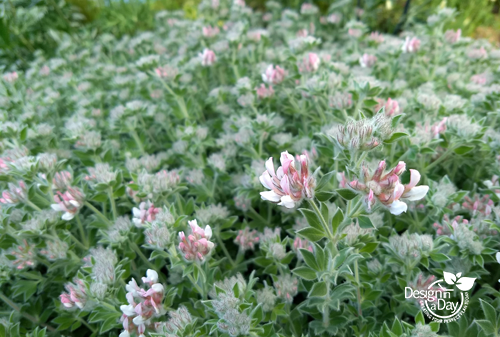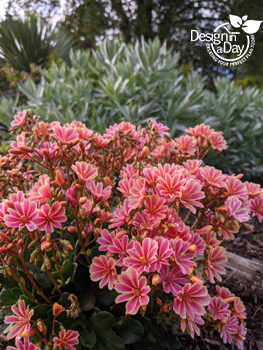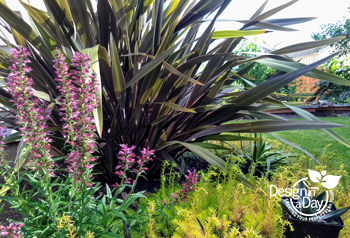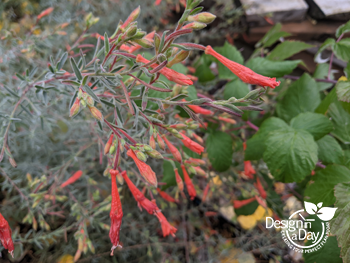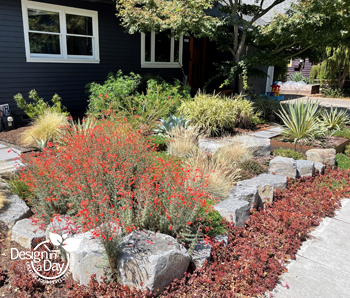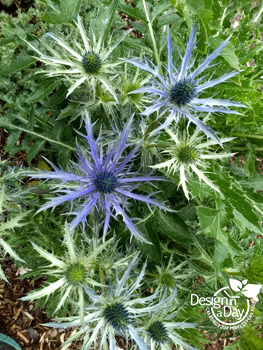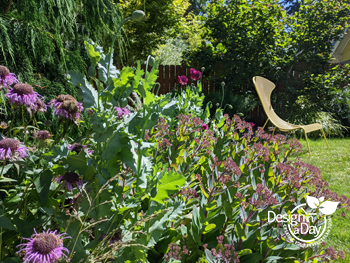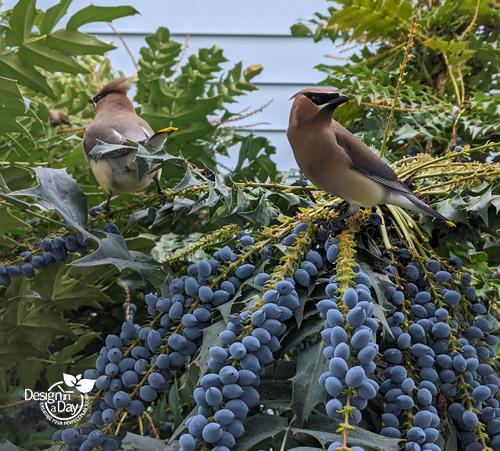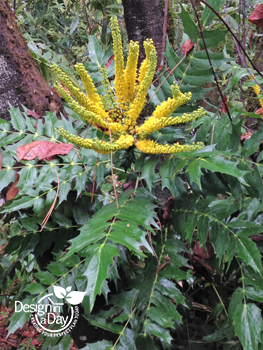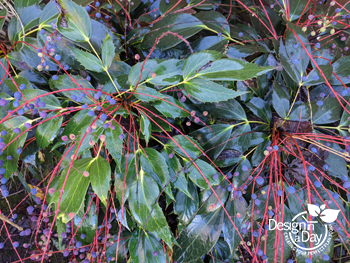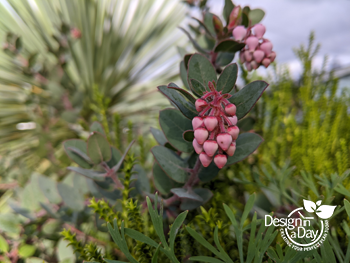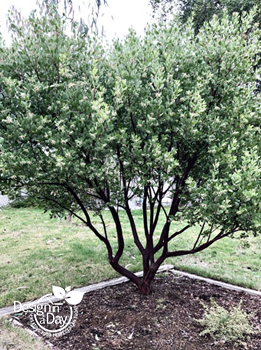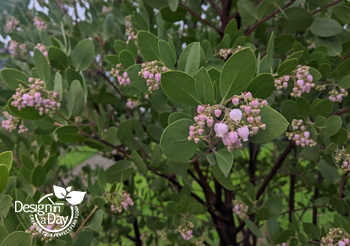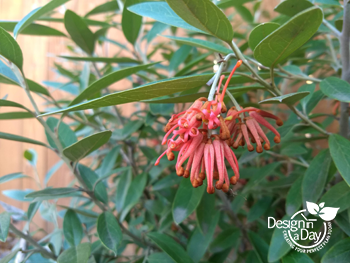Small City Living Space Designed as a Lush Outdoor Oasis in North Portland
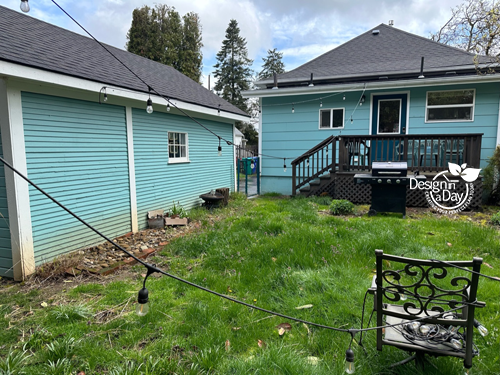
BEFORE: This Overlook neighborhood back yard lawn was hard to walk on because it was so uneven and it was also a mud pit for months at a time.
Welcome to the world of landscape design, where we transform unattractive and unusable spaces into vibrant outdoor living spaces. In this blog post, we’ll explore how Landscape Design in a Day turned a lackluster back yard in the Overlook Neighborhood into a welcoming party garden that comfortably seats up to 20 guests. Get ready to be inspired by our innovative design solutions for integrating additional seating areas and lush plantings into a small city property.
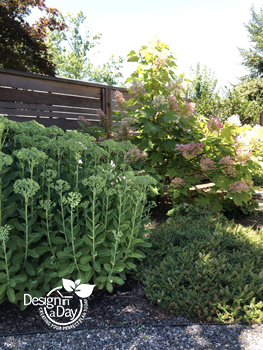
Sea foam green foliage and large compound flower heads on tall sedum at a NE Portland clients garden.
A No Lawn Back Yard was Top of their Wish List
Brian and Annie from Overlook neighborhood contacted us with some typical small city property problems in their North Portland back yard. As we talked on the phone I learned their back yard was very uneven, hard to walk on and muddy. Their small dog Peanut wasn’t big on grass and neither were they. A no lawn back yard was top of their list. They wanted drought tolerant plantings and so I knew Hilary Hutler would be the perfect designer for them. She specializes in drought tolerant plantings and she lives close by so having an on going relationship with their designer over the years would be easy. Let’s tag along with Hilary as she works some design magic for our clients.
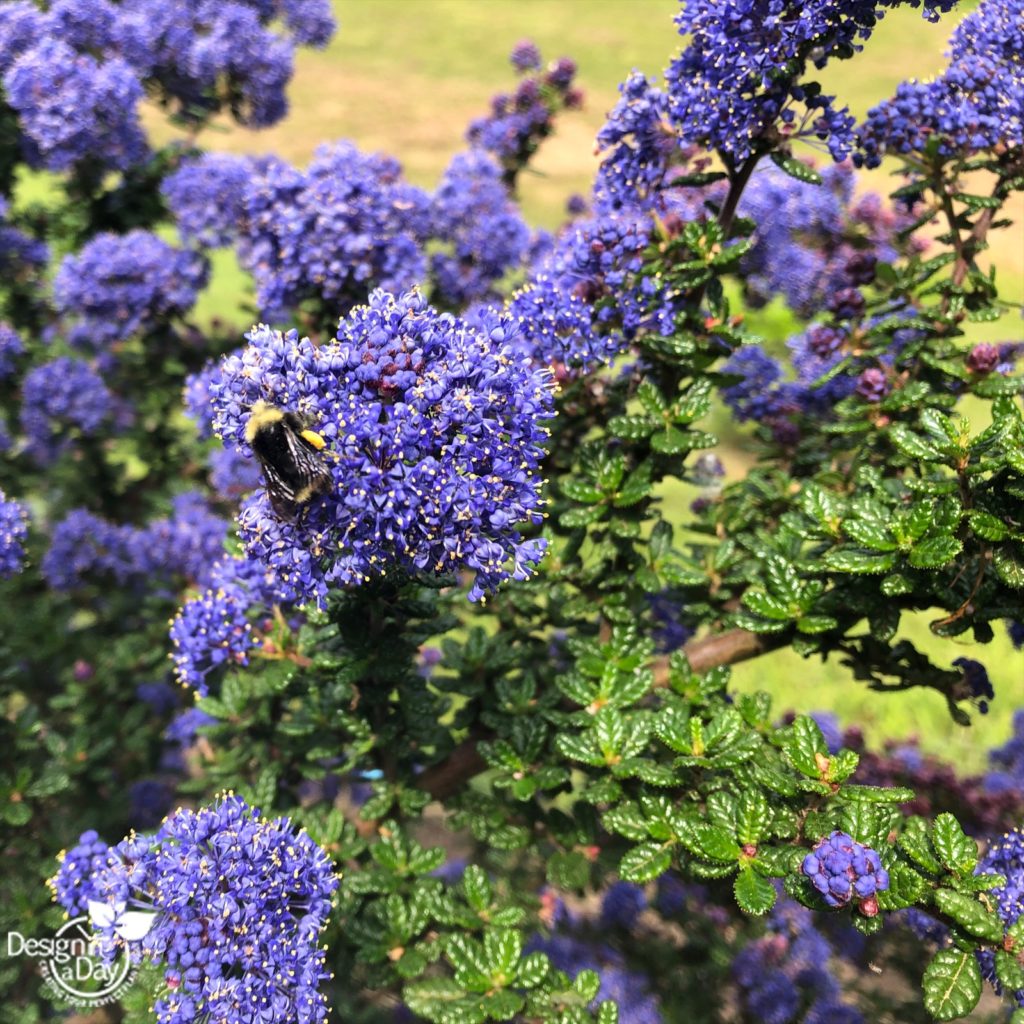
Bumble bee busy feeding on California Lilac, which is a low water pollinator friendly plant. with beautiful blue flowers.
Creating Usable Outdoor Living Space
When I first met Annie and Brian, we quickly realized they needed more outdoor entertaining space than the average city client. With regular gatherings of up to 20 friends, accommodating their large number of guests was a top priority. Additionally, they wanted a design that featured soft curving lines and low-maintenance, pollinator-friendly plants. Our mission was to create a back yard that didn’t scream “seating area for 20,” but rather felt inviting and lush for every day enjoyment too.
Making an Entrance
To begin the transformation, we utilized the 10-foot wide south-facing side yard, turning it into the entrance of the party garden living space. Guests are greeted by a tall gate and a whimsical flagstone path surrounded by enchanting plantings. This path leads them towards a dramatic Moon Gate, clearly indicating the entrance to the back yard party garden. Annie and Brian will also enjoy the scenic view of the Moon Gate and garden from inside their home.
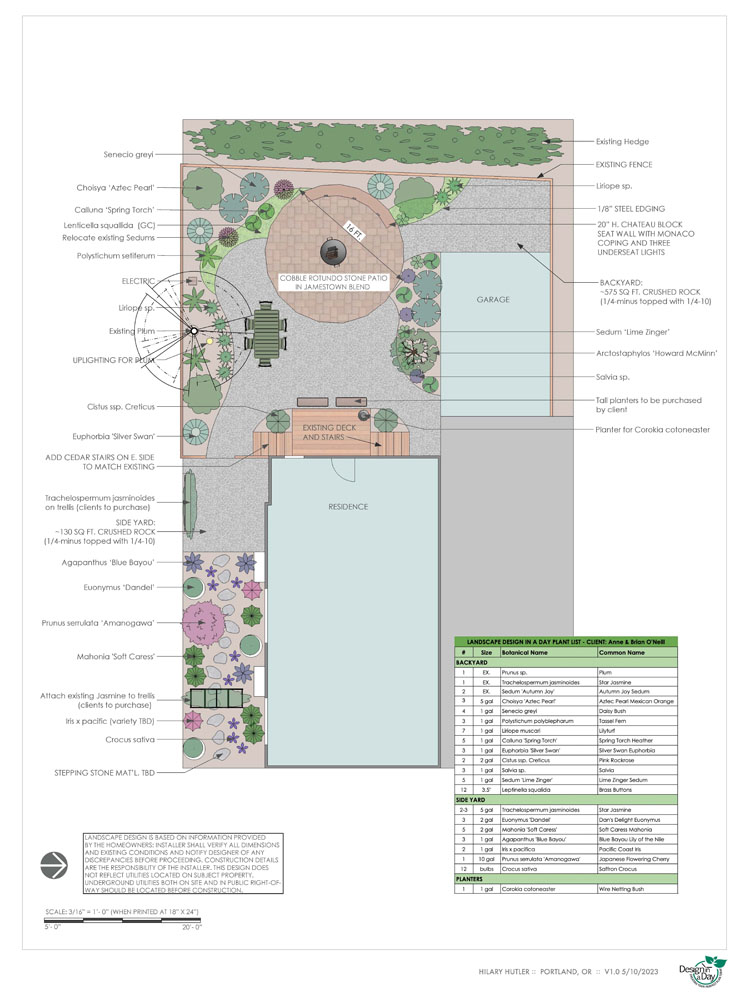 Expanding the Gathering Spaces
Expanding the Gathering Spaces
The centerpiece of the design is a generous 16-foot round patio, strategically designed to maximize seating. To further optimize the use of space, we added a slim seat wall around one-third of the patio, providing built-in seating. The seat wall not only offers more seating options but also adds a touch of elegance to the overall design. With this clever addition, the patio can comfortably accommodate even larger groups.
Room to Move
To facilitate smooth movement around the property, I created a wide, curving crushed rock path that leads from the house and connects to the back patio. This path not only serves as a practical route but also becomes an additional gathering space. Its contrasting materials and attractive shape beautifully complement the large patio, creating a harmonious flow throughout the yard.
Seamless Connectivity
To enhance accessibility during large gatherings, I suggested adding an extra set of stairs off the back patio. This simple addition ensures that guests can easily come and go without feeling trapped. By making these seamless connectivity improvements, we’ve optimized the functionality of the space for maximum usability.
Contact Us
If you’re looking to unlock the potential of your own outdoor space, reach out to Landscape Design in a Day. We can help turn your unused city back yard into a beautiful and practical extension of your lifestyle. Contact us today to bring your vision to life!

